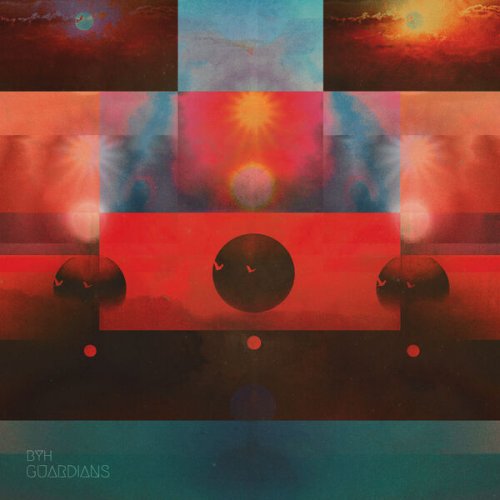Ton Koopman, Amsterdam Baroque Orchestra - J.S. Bach: Sinfonia - Instrumentale Delen Uit De Cantates (2010)
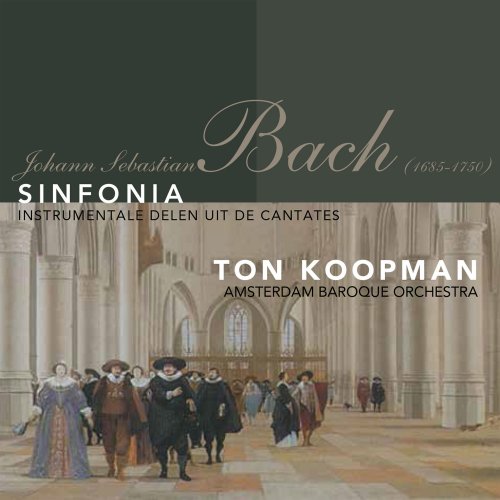
Artist: Ton Koopman, Amsterdam Baroque Orchestra
Title: J.S. Bach: Sinfonia - Instrumentale Delen Uit De Cantates
Year Of Release: 2010
Label: Challenge Classics
Genre: Classical
Quality: FLAC (tracks) / MP3 320 Kbps
Total Time: 02:58:42
Total Size: 931 / 455 Mb
WebSite: Album Preview
Tracklist: Title: J.S. Bach: Sinfonia - Instrumentale Delen Uit De Cantates
Year Of Release: 2010
Label: Challenge Classics
Genre: Classical
Quality: FLAC (tracks) / MP3 320 Kbps
Total Time: 02:58:42
Total Size: 931 / 455 Mb
WebSite: Album Preview
CD 1
1. Der Himmel lacht! die Erde jubilieret, BWV 31/1: Sonata 02:34
2. Der Herr denket an uns, BWV 196/1: Sinfonia 01:45
3. Non sa che sia dolore, BWV 209/1: Sinfonia 06:12
4. Tritt auf die Glaubensbahn, BWV152/1: Concerto 03:18
5. Christ lag in Todesbanden, BWV 4/1: Sinfonia 01:14
6. Himmelskönig, sei wilkommen, BWV 182/1: Sonata 02:07
7. Am Abend aber desselbigen Sabbats, BWV 42/1: Sinfonia 06:53
8. Gottes Zeit is die allerbeste Zeit, BWV 106/1: Sonatina 02:35
9. Falsche Welt, dir trau ich nicht, BWV 52/1: I. Sinfonia 04:03
10. Ich steh mit einem Fuß im Grabe, BWV 156/1: Sinfonia 02:07
11. Falsche Welt, dir trau ich nicht, BWV 52/1: II. Sinfonia 04:06
12. Gleichwie der Regen und Schnee vom Himmel fällt, BWV 18/1: Sinfonia 03:30
13. Wir müssen durch viel Trübsal, BWV 146/1: Sinfonia 07:29
14. Ich hatte viel Bekümmernis, BWV 21/1: Sinfonia 02:59
15. Ich habe meine Zuversicht, BWV 188/1: Sinfonia 07:54
CD 2
1. Auf, schmetternde Töne, der muntern Trompeten, BWV 207a/1: Mars 01:36
2. Auf, schmetternde Töne, der muntern Trompeten, BWV 207a/7: Ritornel 01:17
3. Gott soll allein mein Herze haben, BWV 169/1: Sinfonia 07:22
4. Nach dir, Herr, verlanget mich, BWV 150/1: Sinfonia 01:26
5. Ich geh und suche mit Verlangen, BWV 49/1: Sinfonia 06:30
6. Mehr hahn en neue Oberkeet, BWV 212/1: Sinfonia 02:18
7. Weinen, Klagen, Sorgen, Zagen, BWV 12/1: Sinfonia 02:22
8. Die Elenden sollen essen, BWV 75/8: Sinfonia 02:23
9. Die Himmel erzählen die Ehre Gottes, BWV 76/8: Sinfonia 02:27
10. Ich liebe den Höchsten von ganzem Gemüte, BWV 174/1: Sinfonia 05:42
11. Und es waren Hirten in derselben Gegend, BWV 248/10: Sinfonia (Weihnachtsoratorium, cantate No. 2) 05:32
12. Sinfonia in D gr.t., BWV 1045 06:24
13. Geist und Seele wird verwirret, BWV 35/1: Sinfonia 05:36
14. Geist und Seele wird verwirret, BWV 35/4: Aria (instrumentaal) 03:41
15. Geist und Seele wird verwirret, BWV 35/5: Sinfonia 03:30
16. Wir danken dir, Gott, wir danken dir, BWV 29/1: Sinfonia 03:34
CD 3
1. Unser Mund sei voll Lachens, BWV 110: Koor "Unser Mund sei voll Lachens"Bogna Bartosz 06:15
2. Unser Mund sei voll Lachens, BWV 110: Aria (tenor) "Ihr Gedanken und ihr Sinnen" 04:07
3. Unser Mund sei voll Lachens, BWV 110: Recitatief (bas) "Dir, Herr, ist niemand gleich" 00:21
4. Unser Mund sei voll Lachens, BWV 110: Aria (alt) "Ach Herr, was ist ein Menschenkind" 03:55
5. Unser Mund sei voll Lachens, BWV 110: Aria (duet, sopraan en tenor) "Ehre sei Gott in der Höhe" 03:29
6. Unser Mund sei voll Lachens, BWV 110: Aria (bas) "Wacht auf, ihr Adern und ihr Glieder" 03:35
7. Unser Mund sei voll Lachens, BWV 110: Koraal "Alleluja! Gelobt sei Gott" 00:45
8. Wir müssen durch viel Trübsal, BWV 146: Sinfonia 07:24
9. Wir müssen durch viel Trübsal, BWV 146: Koor "Wir müssen durch viel Trübsal in das Reich Gottes eingehen" 06:03
10. Wir müssen durch viel Trübsal, BWV 146: Aria (alt) "Ich will nach dem Himmel zu" 07:23
11. Wir müssen durch viel Trübsal, BWV 146: Recitatief (sopraan) "Ach! Wer doch schon im Himmel wär" 01:47
12. Wir müssen durch viel Trübsal, BWV 146: Aria (sopraan) "Ich säe meine Zähren" 05:28
13. Wir müssen durch viel Trübsal, BWV 146: Recitatief (tenor) "Ich bin bereit" 01:14
14. Wir müssen durch viel Trübsal, BWV 146: Aria (duet, tenor en bas) "Wie will ich mich freuen, wie will ich mich laben" 05:33
15. Wir müssen durch viel Trübsal, BWV 146: Koraal "Freu dich sehr, o meine Seele" 00:57
Performers:
Amsterdam Baroque Orchestra
Ton Koopman
Bach composed in Leipzig the biggest part of his cantatas. A cantata is a composition in several parts for one or more voices and instruments, where arias, recitatives and chorusses alternate. Often these were preceded by an instrumental introduction, a sinfonia. In Bach's earliest cantatas these were also called concerto, sonata or sonatina. These instrumental works are collected on this album.
Nach dir, Herr, verlanget mich BWV 150 is probably the oldest cantata by Bach that has survived. The piece is perhaps from the period 1703–1707, when Bach was organist at the Neue Kirche of Arnstadt.
Bach composed the easter cantata Christ lag in Todesbanden BWV 4 presumably in 1707, as an application. Bach namely wanted to be organist of the Blasiuskirche in Mühlhausen and on Easter Sunday he did audition for this position. Bach would work as organist in Mühlhausen for two years. Here he probaly created Gottes Zeit ist die allerbeste Zeit BWV 106, also called Actus tragicus. It is a funeral cantata, although the exact occasion is not known.
De next stop was Weimar, where Bach worked from 1708 until 1717 as organist and chamber musician at the court. When he was appointed in 1714 as concert master, this meant also the obligation of a monthly performance of a cantate. The first resulting cantata would have been Himmelskönig, sei willkommen BWV 182. In the months thereafter he composed Weinen, Klagen, Sorgen, Zagen BWV 12 and Ich hatte viel Bekümmernis BWV 21. At the penultimate day of this year Tritt auf die Glaubensbahn BWV 152 sounded. In Weimar arose also the easter cantata Der Himmel lacht! die Erde jubilieret BWV 31 and Gleichwie der Regen und Schnee vom Himmel fällt BWV 18. When Bach performed the last mentioned cantata again as Thomas-cantor he added two flutes to the strings lineup.
Before he was appointed as Thomas-cantor Bach had done a public exam with two cantatas, which he performed on the first Sunday of Februari 1723 in the Thomaskirche. At the 30th of May, a week after his definite arrival, his appointment was celebrated with the cantata Die Elenden sollen essen BWV 75.
Bach divided his work over the two main churches of Leipzig. When he presented Die Himmel erzählen die Ehre Gottes BWV 76 it sounded in the Thomaskirche. The sinfonia of Am Abend desselbigen Sabbats BWV 42 is one of his most overwhelming cantatas and was performed on the 8th of April 1725.
The introduction movement of his First Brandenburg Concerto was used as sinfonia for Falsche Welt, dir trau ich nicht BWV 52. The first movement of his Third Brandenburg Concerto was used for Ich liebe den Höchsten von ganzem Gemüte BWV 174. To the original strings occupation Bach added horns and oboes.
The sinfonia from Gott soll allein mein Herze haben BWV 169 was also used as the first movement of the Harpsichord Concerto in E major BWV 1053. The last movement of this concerto was used as introduction of Ich geh und suche mit Verlangen BWV 49. In this way Bach recycled his own material sometimes.
In Geist und Seele wird verwirret BWV 35, which was performed on the 8th of September 1726, he even implemented a complete solo concerto in one cantata.
The sinfonia from Wir müssen durch viel Trübsal BWV 146 is also known as the introduction movement of the Harpsichord Concerto in d minor BWV 1052. The third movement of this concerto formed the beginning of Ich habe meine Zuversicht BWV 188. Ich steh mit einem Fuß im Grabe BWV 156 originated from the Harpsichord Concerto in f minor BWV 1056. One of the most special examples of recycling is the sinfonia of Wir danken dir, Gott, wir danken dir BWV 29 with a big lineup of solo organ, trumpets, oboes, timpani and strings. The origin of this work lies in a work which Bach composed for the smallest lineup thinkable: the prelude from the Partita in E BWV 1006 for violin solo.
The backgrounds of Sinfonia in D BWV 1045 are unknown. In the original manuscript one can see that this work was meant as introduction to a cantata, but the other movements have disappeared. So now it lives on as an independent instrumental composition.
To the cantatas by Bach one can also count the Weihnachtsoratorium BWV 248. Of the six cantatas only the second starts with a sinfonia. It's a pastorale, shepherds music, in 12/8 time signature. Bach composed next to the church cantatas several secular cantatas, like Non sa che sia dolore BWV 209, with a solo role for the flute. Auf, schmetternde Töne, der muntern Trompeten BWV 207a is an anniversary cantata for August, the prince-elector (Kurfürst) of Saxony. The cantata has also a march that perhaps was performed during a festive parade and a ritornel that originates from the First Brandenburg Concerto. Bach arranged the third movement from this concerto as introduction choir of the cantata.
The farmers cantata Mehr hahn en neue Oberkeet BWV 212 has a very outspoken folk atmosphere. This already begins with the overture, where one can discern seven short movements. The cantata was tribute music for Carl Heinrich von Dieskau, descendant of an old noble family.
The bonus cd has two complete cantatas: Unser Mund sei voll Lachens BWV 110 and Wir müssen durch viel Trübsal BWV 146. Both works demonstrate how close in structure vocal and instrumental music could be for Bach. He derived the sparkling introduction chorus of the first mentioned cantata from the overture of his Orchestral Suite in D major BWV 1069.
Nach dir, Herr, verlanget mich BWV 150 is probably the oldest cantata by Bach that has survived. The piece is perhaps from the period 1703–1707, when Bach was organist at the Neue Kirche of Arnstadt.
Bach composed the easter cantata Christ lag in Todesbanden BWV 4 presumably in 1707, as an application. Bach namely wanted to be organist of the Blasiuskirche in Mühlhausen and on Easter Sunday he did audition for this position. Bach would work as organist in Mühlhausen for two years. Here he probaly created Gottes Zeit ist die allerbeste Zeit BWV 106, also called Actus tragicus. It is a funeral cantata, although the exact occasion is not known.
De next stop was Weimar, where Bach worked from 1708 until 1717 as organist and chamber musician at the court. When he was appointed in 1714 as concert master, this meant also the obligation of a monthly performance of a cantate. The first resulting cantata would have been Himmelskönig, sei willkommen BWV 182. In the months thereafter he composed Weinen, Klagen, Sorgen, Zagen BWV 12 and Ich hatte viel Bekümmernis BWV 21. At the penultimate day of this year Tritt auf die Glaubensbahn BWV 152 sounded. In Weimar arose also the easter cantata Der Himmel lacht! die Erde jubilieret BWV 31 and Gleichwie der Regen und Schnee vom Himmel fällt BWV 18. When Bach performed the last mentioned cantata again as Thomas-cantor he added two flutes to the strings lineup.
Before he was appointed as Thomas-cantor Bach had done a public exam with two cantatas, which he performed on the first Sunday of Februari 1723 in the Thomaskirche. At the 30th of May, a week after his definite arrival, his appointment was celebrated with the cantata Die Elenden sollen essen BWV 75.
Bach divided his work over the two main churches of Leipzig. When he presented Die Himmel erzählen die Ehre Gottes BWV 76 it sounded in the Thomaskirche. The sinfonia of Am Abend desselbigen Sabbats BWV 42 is one of his most overwhelming cantatas and was performed on the 8th of April 1725.
The introduction movement of his First Brandenburg Concerto was used as sinfonia for Falsche Welt, dir trau ich nicht BWV 52. The first movement of his Third Brandenburg Concerto was used for Ich liebe den Höchsten von ganzem Gemüte BWV 174. To the original strings occupation Bach added horns and oboes.
The sinfonia from Gott soll allein mein Herze haben BWV 169 was also used as the first movement of the Harpsichord Concerto in E major BWV 1053. The last movement of this concerto was used as introduction of Ich geh und suche mit Verlangen BWV 49. In this way Bach recycled his own material sometimes.
In Geist und Seele wird verwirret BWV 35, which was performed on the 8th of September 1726, he even implemented a complete solo concerto in one cantata.
The sinfonia from Wir müssen durch viel Trübsal BWV 146 is also known as the introduction movement of the Harpsichord Concerto in d minor BWV 1052. The third movement of this concerto formed the beginning of Ich habe meine Zuversicht BWV 188. Ich steh mit einem Fuß im Grabe BWV 156 originated from the Harpsichord Concerto in f minor BWV 1056. One of the most special examples of recycling is the sinfonia of Wir danken dir, Gott, wir danken dir BWV 29 with a big lineup of solo organ, trumpets, oboes, timpani and strings. The origin of this work lies in a work which Bach composed for the smallest lineup thinkable: the prelude from the Partita in E BWV 1006 for violin solo.
The backgrounds of Sinfonia in D BWV 1045 are unknown. In the original manuscript one can see that this work was meant as introduction to a cantata, but the other movements have disappeared. So now it lives on as an independent instrumental composition.
To the cantatas by Bach one can also count the Weihnachtsoratorium BWV 248. Of the six cantatas only the second starts with a sinfonia. It's a pastorale, shepherds music, in 12/8 time signature. Bach composed next to the church cantatas several secular cantatas, like Non sa che sia dolore BWV 209, with a solo role for the flute. Auf, schmetternde Töne, der muntern Trompeten BWV 207a is an anniversary cantata for August, the prince-elector (Kurfürst) of Saxony. The cantata has also a march that perhaps was performed during a festive parade and a ritornel that originates from the First Brandenburg Concerto. Bach arranged the third movement from this concerto as introduction choir of the cantata.
The farmers cantata Mehr hahn en neue Oberkeet BWV 212 has a very outspoken folk atmosphere. This already begins with the overture, where one can discern seven short movements. The cantata was tribute music for Carl Heinrich von Dieskau, descendant of an old noble family.
The bonus cd has two complete cantatas: Unser Mund sei voll Lachens BWV 110 and Wir müssen durch viel Trübsal BWV 146. Both works demonstrate how close in structure vocal and instrumental music could be for Bach. He derived the sparkling introduction chorus of the first mentioned cantata from the overture of his Orchestral Suite in D major BWV 1069.
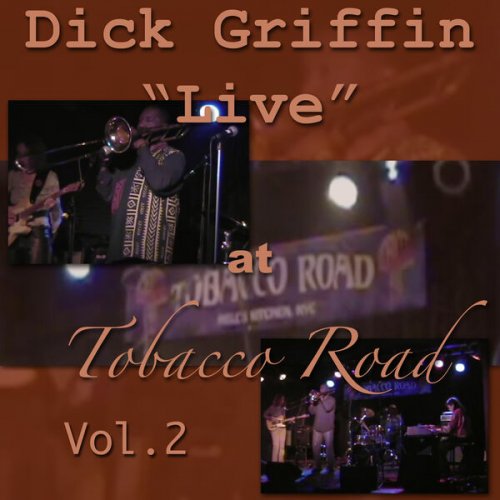


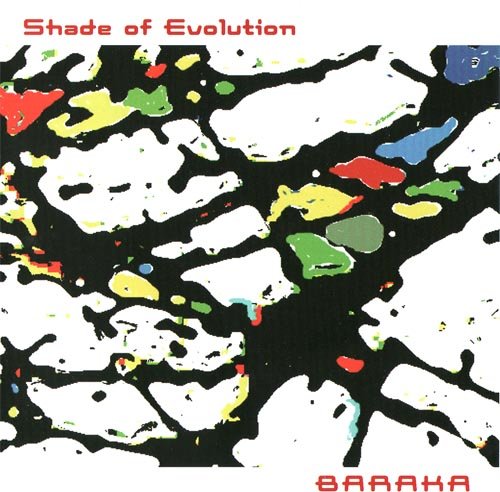
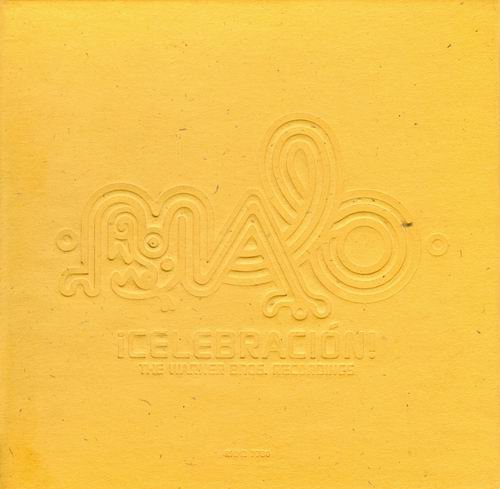
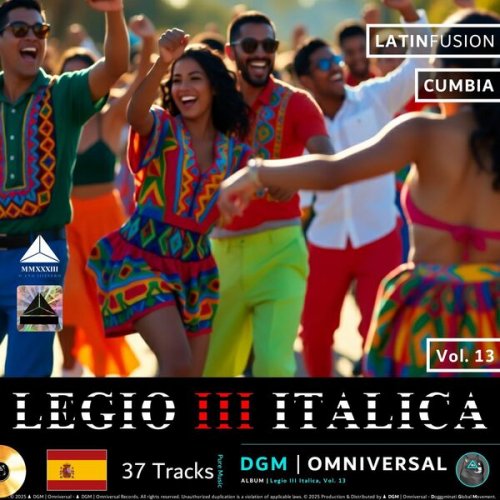
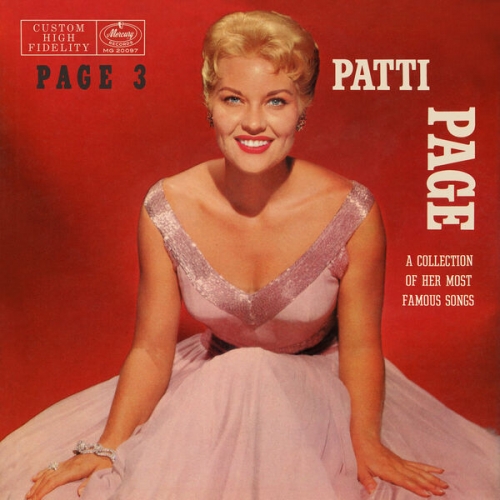
![Addison Frei - Live At Montreux 2018 (Live) (2026) [Hi-Res] Addison Frei - Live At Montreux 2018 (Live) (2026) [Hi-Res]](https://img.israbox.com/img/2026-01/09/zr7s2n9ecu1zq9vypf4y39cv1.jpg)
